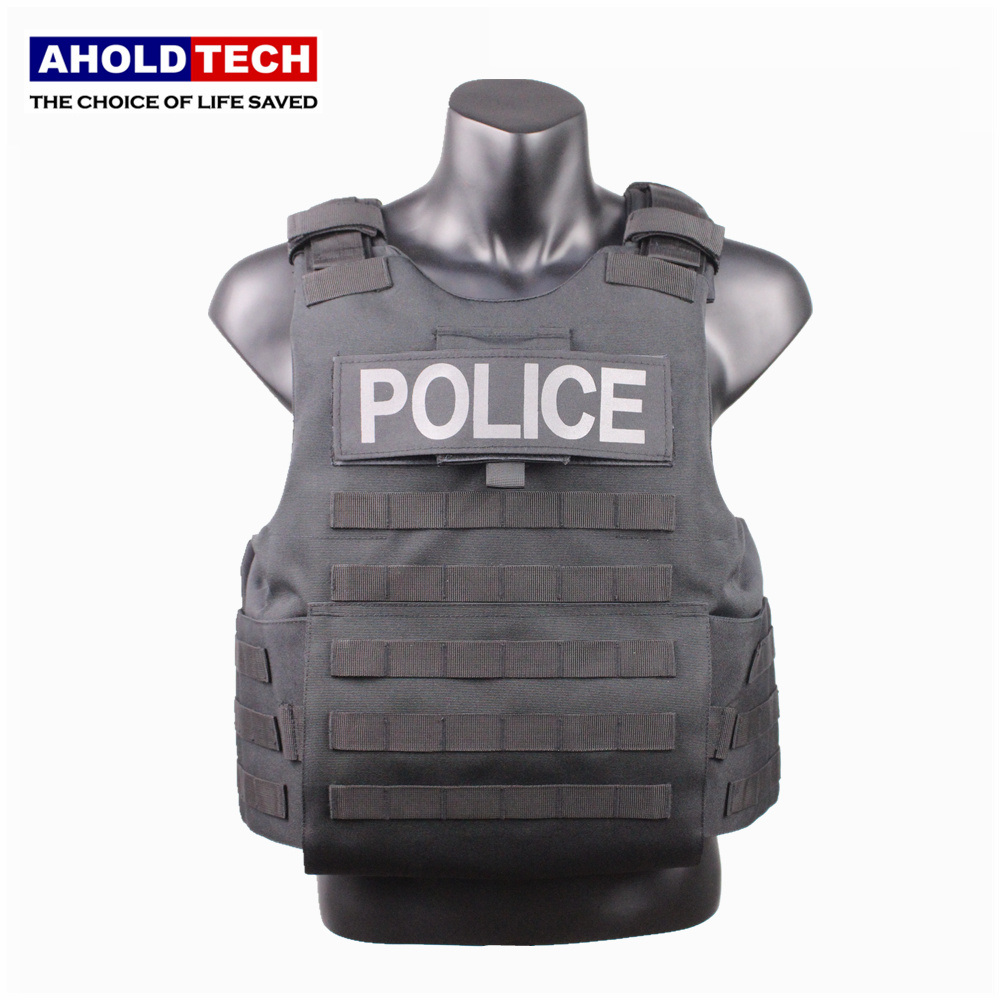A host of fact have proven that the use of bulletproof vests can effectively reduce the casualties of soldiers in war. In addition, in some countries, social security is bad and there are many violent incidents. Protecting oneself from personal injury is crucial for police officers and even ordinary citizens. For this reason, many countries have started researching bulletproof materials and vests for a long time. During World War I, steel plates were used for human protection, and later research was conducted on the use of metals such as aluminum and titanium. However, on the battlefield, soldiers must maintain mobility. Due to the thickness of the metal and its poor bulletproof performance, people began to study other materials to achieve better bulletproof effects. Therefore, after World War II, bulletproof vests became effective protective clothing against various ballistic projectiles. At present, it has become an indispensable and important protective equipment for the military and police. At the same time, the development of various bulletproof materials is highly valued and developing rapidly in countries around the world. Various new types of bulletproof clothing are constantly being studied and successfully developed.
At present, bulletproof vests are mainly used for two types of protection. One is bullets from pistols and rifles, and the other is shrapnel from explosions.
http://www.aholdtech.com/concealable-bulletproof-vest-nij-level-iiia-atbv-c01-2-product/
The bulletproof principle of soft bulletproof vests mainly involves consuming the majority of the energy of the bullet head (or fragments) during the process of stretching, shearing, and damaging the bulletproof fibers, causing the bullet head to deform and deflect. At the same time, a portion of the energy is converted into thermal and sound energy, while another portion of the energy is transmitted through the fibers to the area outside the impact point, ultimately wrapping the bullet head that has exhausted its “energy” in the bulletproof layer. When the strength of bulletproof fibers is not enough to prevent incoming bullets, the only way is to adopt a “composite” form of soft and hard bulletproof materials, that is, to add hard metal, ceramic or composite material inserts in the soft bulletproof vest, integrating the bulletproof mechanism of soft and hard materials together: the bullet first contacts with the hard insert as the “first line of defense”, and during the “hard collision” process, the bullet and hard bulletproof materials may deform and fracture, thereby consuming most of the bullet’s energy. Soft bulletproof materials such as bulletproof fibers act as the “second line of defense”, absorbing and diffusing the remaining energy of the bullet and playing a buffering role, and ultimately, Achieve bulletproof effect. Hard bulletproof vests were early products that relied solely on hard bulletproof materials such as metal plates for protection, resulting in poor comfort and defense effectiveness. They have now been largely phased out.
Post time: May-22-2024

